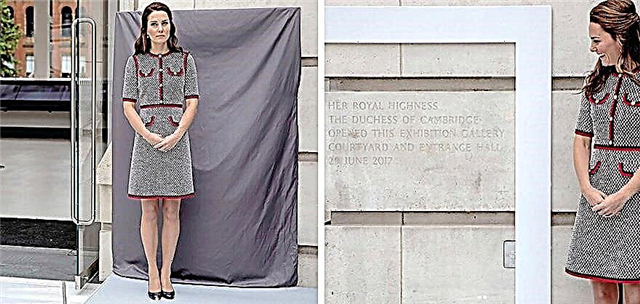Knitted knitwear differs from its smooth counterparts in volume. The products sewn from them are practically indistinguishable from hand-knitted ones. The difference can be noticed only by looking at their inside out.

Typically, sections and allowances of knitted or any other knitwear are processed on overlock and suturing machines. But with volume knitted fabrics, certain difficulties may arise.

Using an example of a woolen knitwear with braids, I will show an alternative method of processing sections of seam allowances without using an overlock.
How to sew knitwear on a sewing machine: 5 ways
You will need:
✂ scissors for cutting;
✂ crochet hook (size depends on the thickness of the knitted fabric);
✂ threads for knitting of suitable color and thickness (can be dissolved from the residues after cutting parts from a knitted fabric).
Step 1

Iron the seams.

And then iron the side seam allowances on the back.
Step 2

Gently spread out the allowances and trim only the inside allowance.
Step 3

Use a crochet hook and wool thread to form a buttonhole on the outer stock.

Then insert the hook into the fabric close to the cut of the allowance, capturing the thread only from the wrong side of the product.

Grab the knitting thread and pull it through the thread in the fabric

and followed through a loop on the outer allowance.
How to process the bottom of a knitwear
Step 4

Insert the hook into the stock just below the edge of the cut, next to the first loop, and then into the fabric close to the cut of the stock.

Bring out the second chain on the outer stock.
Step 5


Grab the thread and pull it through the first two loops, thus forming a new loop.
Step 6

Re-insert the hook into the stock just below the cut, next to the previous loop, and then into the fabric close to the stock cut.
Bring out another loop on the external stock.
Close the two new loops of one, as in step 5.
Step 7


Thus, step by step, process the entire section of the side seam allowance.
Processing oblique and curved slices on an overlock
As a result, you will succeed:
✽ finished edge;

✽ decorative pigtail along the edge of the cut;


✽ neat chubby side seam allowance imperceptibly grabbed to the product.
We sew, knit, combine: patterns of knitted fabric patterns
In the same way, process the allowances for shoulder seams and sleeve seams.
The author of the master class and photo: Julia Dekanova



